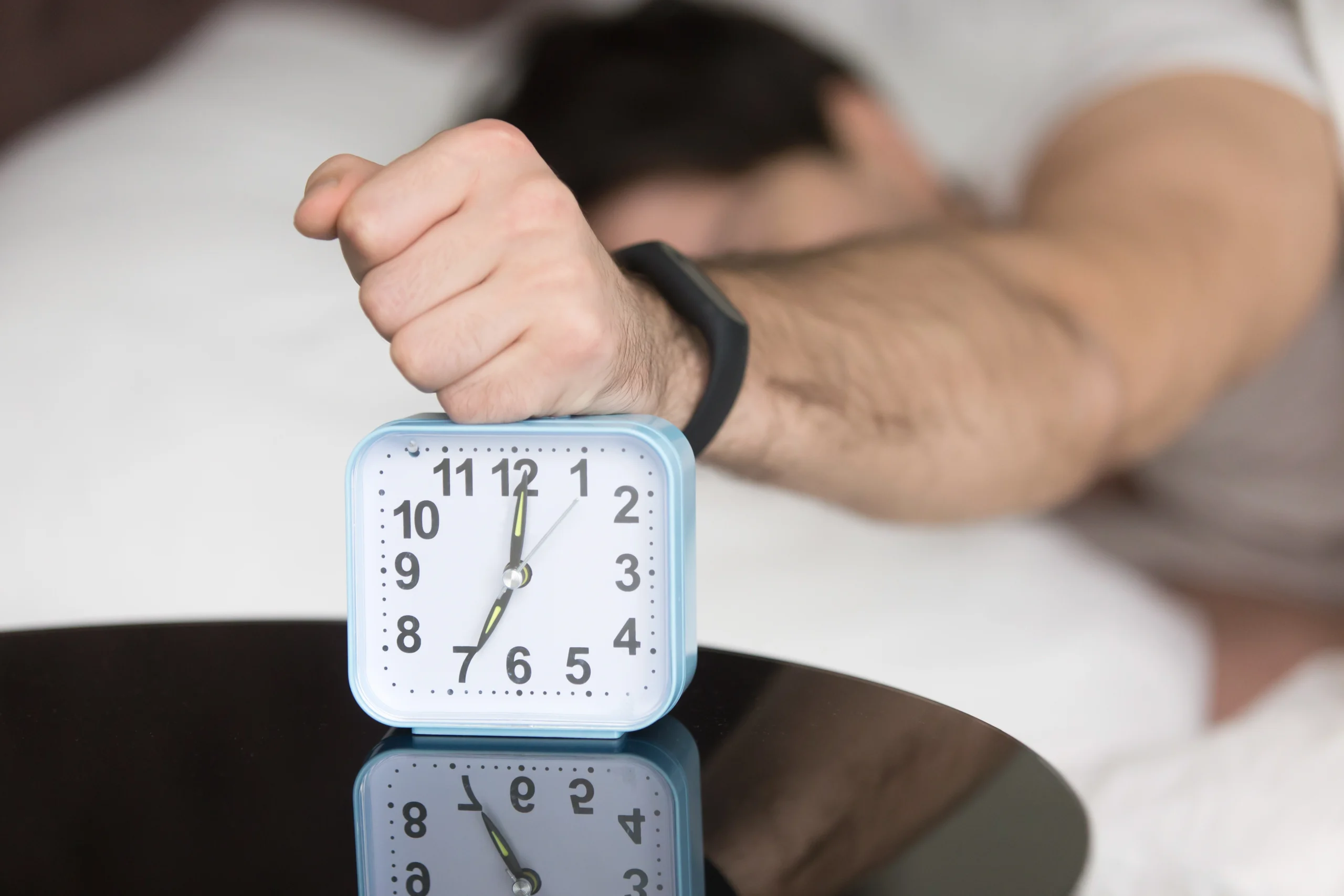Reduced introductory prices only available until December 31, 2025.

For most of human history, our bodies were in perfect sync with the sun. We woke with the light and rested when it disappeared. But in today’s modern world, artificial lighting, long work hours, and screen time have disrupted that natural balance.
Our internal body clock—known as the circadian rhythm—is still hardwired to follow the rise and fall of natural light. And when it’s thrown off, our sleep, mood, digestion, and even recovery can suffer.
That’s where red light therapy steps in. It’s a powerful tool to reset your body’s rhythm and help you feel more balanced, energized, and rested.
Your circadian rhythm is your body’s internal 24-hour clock. It controls your sleep-wake cycle, energy levels, hormone production, and more.
It works like this:
When this cycle is in balance, you sleep better, recover faster, and feel more mentally sharp. But when it’s disrupted—say by blue light from phones or irregular work hours—it can lead to insomnia, fatigue, mood swings, and more serious health concerns over time.
Unlike harsh blue light from screens or indoor lighting, red light has a calming effect on your nervous system.
Red and near-infrared light mimic the natural light your body is meant to experience around sunrise and sunset. When used at the right times, red light therapy can support melatonin production, signal your body that it’s time to rest, and help realign your circadian rhythm.
In fact, early studies suggest that red light therapy may even boost melatonin levels, helping you fall asleep faster and stay asleep longer—without the grogginess that comes with sleep aids.
To get the most out of your red light therapy sessions:
Avoid using blue light (like phones or laptops) before or after your session to prevent disrupting the natural rhythm you’re trying to support.
With so many of us working indoors or on screens late into the night, it’s no surprise that circadian rhythm disruption is becoming more common.
Red light therapy helps counteract this by:
Whether you’re recovering from an injury or just want better rest, syncing your circadian rhythm with red light can help you heal and perform at your best.
Your circadian rhythm controls more than just when you sleep. It affects your energy, mental clarity, and long-term health. Red light therapy gives you a simple, natural way to bring your body back into balance.
Even just a few short sessions per week with a high-quality system like the Lumavit Home One can reset your internal clock and improve how you feel every day.
Ready to experience deeper sleep and a healthier rhythm? Find our range of products HERE!
Sources: